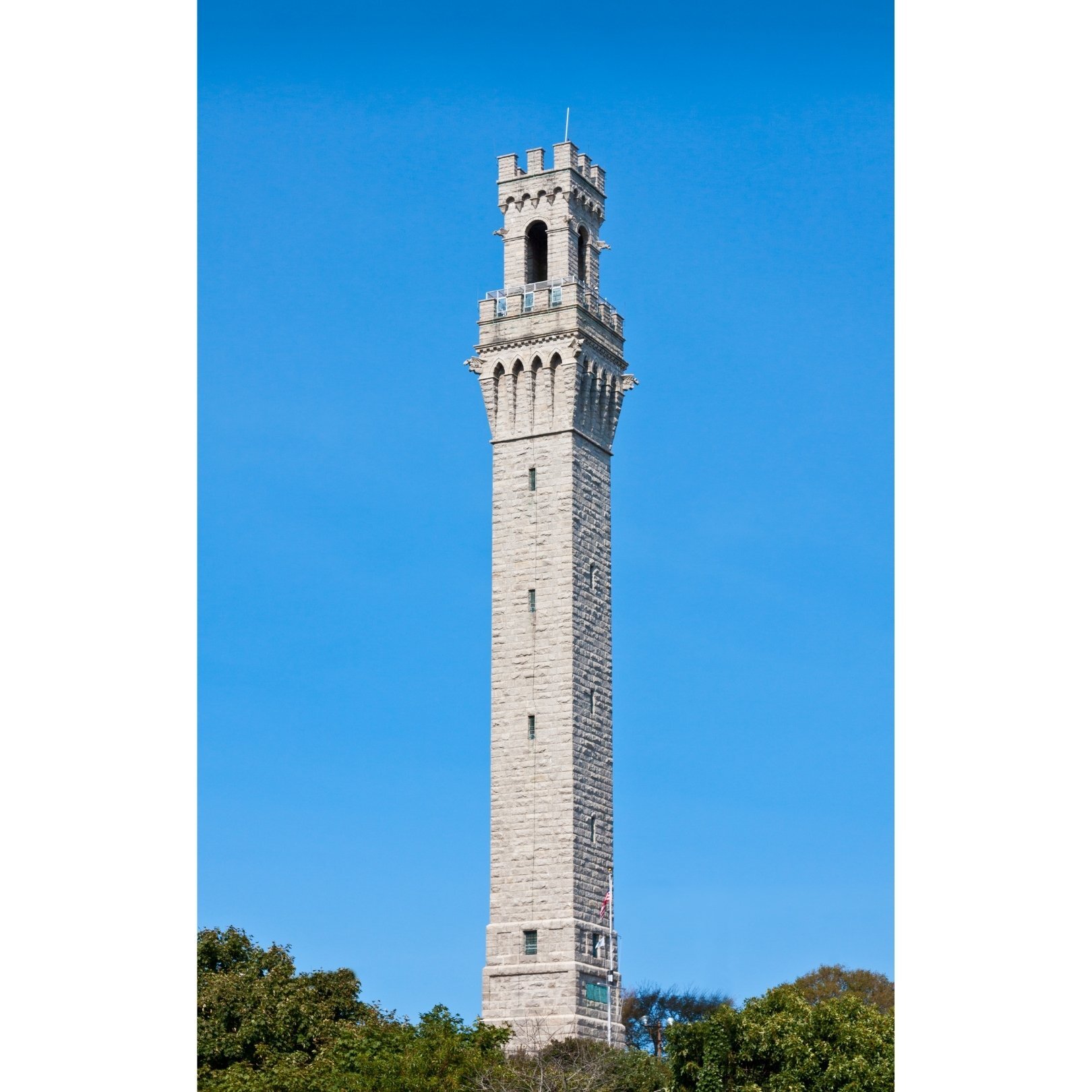3 - 4 - 1 | 400
WAIT WAIT !
First answer this question: Which of these four buildings was built first?
(use right arrow for answers)
Torre del Mangia, Siena Italy (1338-1348 – Architect: Lippo Memmi)
Pine Street Fire Station, Boston MA (1892 – Architect: Edmund March Wheelright)
Union Station, Waterbury CT (1909 – Architect: McKim Mead & White)
Pilgrim Monument, Provincetown MA (1910 – Architect: Willard T. Sears)
Within a 15-year period, three replicas of Siena’s iconic Torre del Mangia were built in the American North-East. Three more replicas were built in Europe around the same time. Repetition and variation are not new concepts, but it is interesting to see how architectural fads come and go, and what you can discover when you let your curiosity guide you.
1: Torre del Mangia, Siena, Italy (1338-1348 – Architect: Lippo Memmi)
In the early 14th Century, a council of merchants and bankers known as the Nine, governed the Siena City State. In 1338, they commissioned a new building to house government offices overlooking Siena’s main square, the Piazza del Campo. At 102 m tall, the tower was erected to the same height as the Siena Cathedral; a sign that church and state had equal power. Its name ‘Tower of the Eater’ refers to its first bellringer nicknamed the ‘eater of the profits’ for his excess spending habits. Today the tower remains one of Siena’s main tourist attractions – certainly worth the visit.
Torre del Mangia Palazzo Pubblico Piazza del Campo Siena. Photo credit: Canva
2: Pine Street Fire Station, Boston, MA (1892 – Architect: Edmund March Wheelright)
After a fire demolished most of downtown Boston in 1872, the architect Edmund Wheelright opted to rebuild the Boston fire department headquarters on Bristol Avenue with brick, crowned by a 157 foot tower that served as the fire station lookout. The hollow of the tower most likely served to dry the fire hoses after use. The fire station later became the Pine Street Inn homeless shelter, and is still in use.
Pine Street Fire Station
3. Union Station, Waterbury, CT (1909 – Architect: McKim Mead & White)
The 1909 railroad building was relocated to downtown Waterbury, CT to celebrate past glories and establish the town as an active trading center between New York and Boston. The new and enlarged station also recognized the importance of railroad traffic and its direct impact on urban renewal. Designed by the renowned firm of McKim Mead & White (also architect of New York’s Grand Central), the station building and tower remain Waterbury’s major landmarked building, visible from miles away. When train traffic declined in the 1970s, the interior of the station was closed, then renovated into offices for Waterbury’s local newspaper, the Republican American.
4. The Pilgrim Monument, Provincetown, MA (1910 – Architect: Willard T Sears)
With the intention to celebrate the 300th anniversary of the pilgrim’s historic landing, Cape Cod authorities launched an international design competition that generated more than 150 entries. As its winner, the jury selected a copy of Siena’s iconic Torre del Mangia. Much controversy ensued in Boston newspapers, yet the jury persisted and the local population prided itself on the selection, associating the tower with light-houses up and down the East Coast. President Theodore Roosevelt laid the first stone in 1907, and President Taft commemorated the official inauguration in 1910.
Standing at 253 feet, the Pilgrim Monument remains the tallest, all granite structure in the US. On Pilgrim Hill, the tower dominates the town and is visible from miles away. The landmark also marks a time when the world was less complex or cynical, devoid of fake news, trusting its leaders, and not worried about the architectural clarity the building emulated.
The Pilgrim Monument, Photo credit: Canva
400 years later – 1619 vs. 1620.
Through the years we’ve used the same architectural form to convey very different messages.
This year marks the 400th anniversary of the pilgrim’s landing, an anniversary little celebrated, yet that raised much controversy with last year’s publication of the ‘1619 project’.
The question remains: What really marks the birth of the nation?
Is it the 1619 arrival of the first slave ship commandeered from the Spanish navy, then sailed to Virginia to originate the slave trade?
Is it the 1620 Mayflower landing, originally destined for Virginia but diverted due to Mid-Atlantic storms, and along the way signing the nation’s first contract: the Mayflower Compact?
The polemic is sure to keep scholars and citizens debating for many years to come as the repercussions of the 1619 and 1620 events animate our passions.
1620 Mayflower Landing
Signing the Nation’s First Contract: the Mayflower Compact
President Roosevelt Address
I believe that these seemingly contradictory events share a common hope: The first one that with today’s knowledge and understanding, our people can recognize history's wrongs and make amends; the second one that the concept of the Mayflower Compact signed off the coast of Provincetown shall now offer liberty and equal opportunities for all.



















